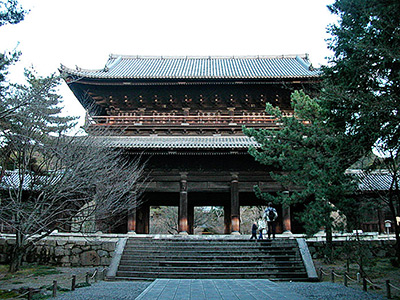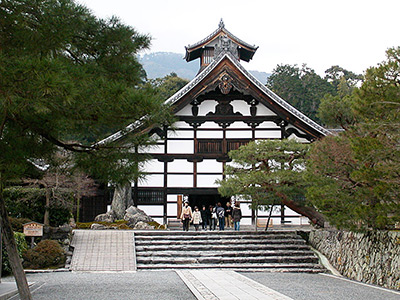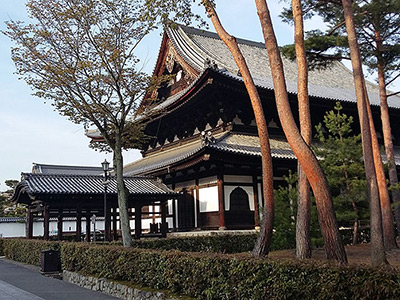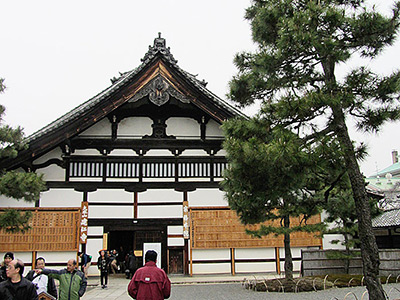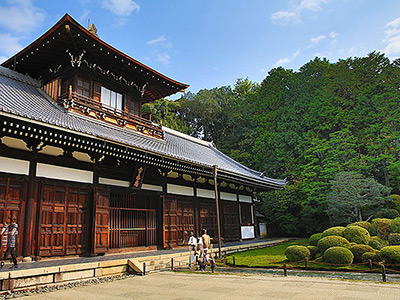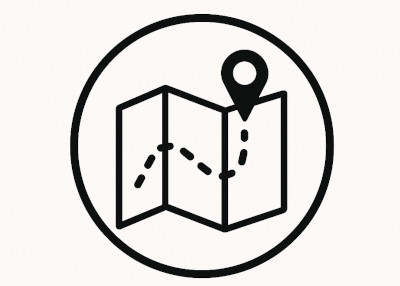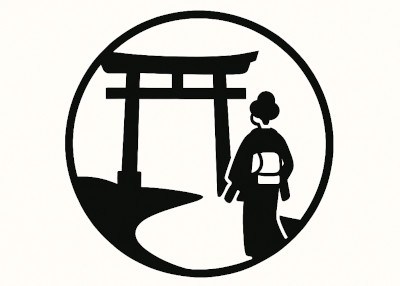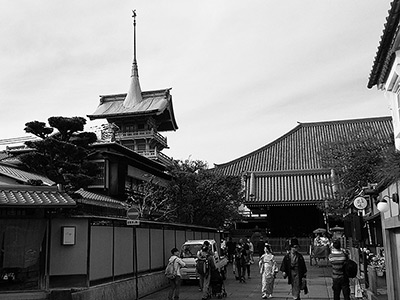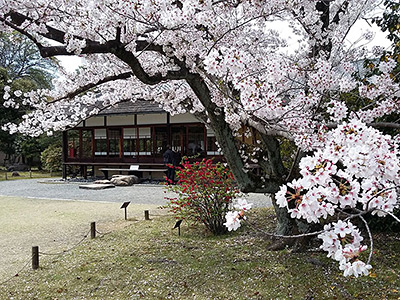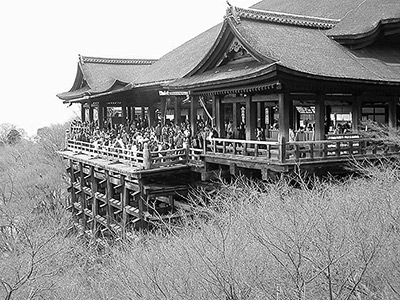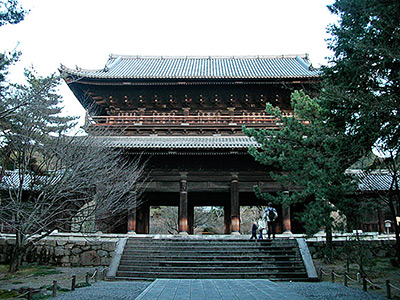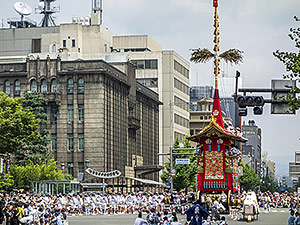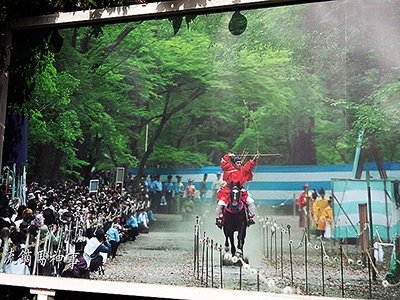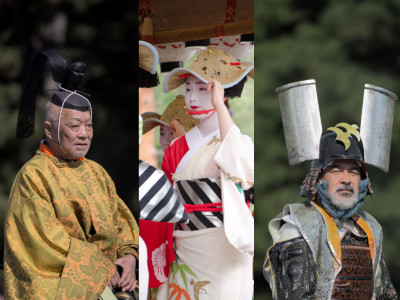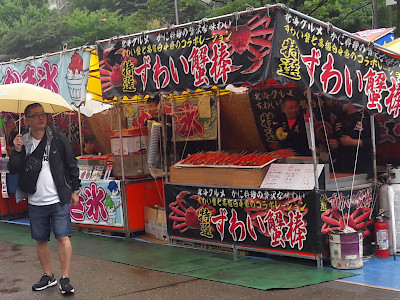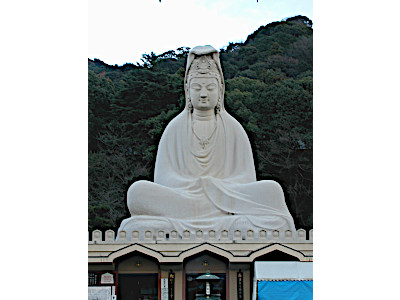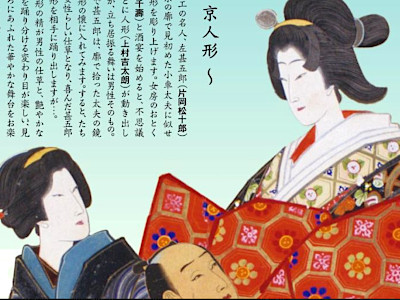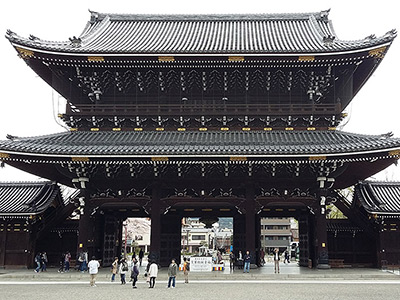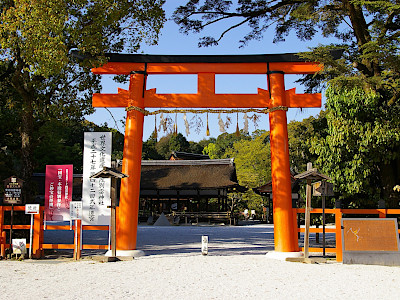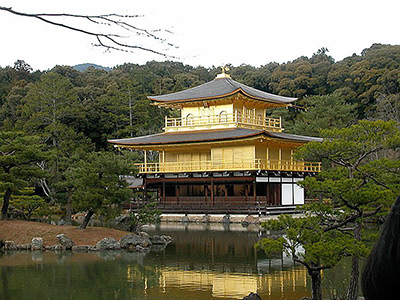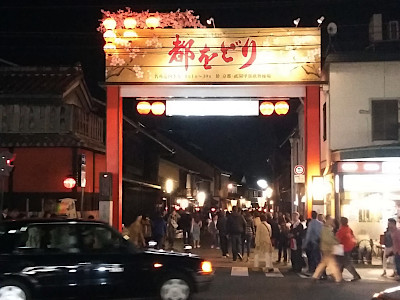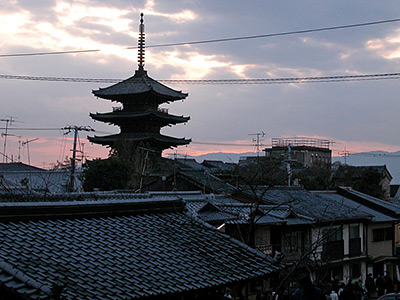Five Great Zen Temples of Kyoto (Kyoto Gozan)
This post can contain affiliate links, which means that we may receive a small commission if you make a purchase using these links.
Facts & Figures
The Five Great Zen Temples (Five Great Mountain Temples) of Kyoto and above them all the Nanzenji Temple played an important role in the history of Japan. These gozan temples contributed to Japanese cultural arts such as tea ceremonies (sado), calligraphy, painting, literature, garden landscapes, martial arts, and architecture. Through a huge network of sub-temples, their influence could be seen all over the country. Emperors and shoguns also used them as an instrument of political power. The Five Great Mountains (temples) of Japan were first established in Kamakura and later five other temples were appointed in Kyoto by order of the Ashikaga shogunate (1338 - 1573).
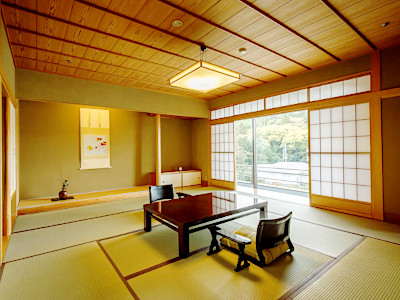 Best Places to Stay in Kyoto >
Best Places to Stay in Kyoto >
Overview of the Five Great Zen Temples in Kyoto (Kyoto Gozan)
Nanzen-ji Temple - Supervisor Role
The huge Nanzen-ji Temple complex with its famous Sanmon Gate is one of the most important Zen temples in Japan. It is a designated National Historic Site. The best time to visit the area is during the cherry blossom season. Do not miss the beautiful Hojo Garden, an official place of Scenic Beauty, during your sightseeing tour.
Read More
Tenryu-ji Temple - First Rank
Tenryu-ji Temple has the status of a UNESCO World Heritage Site since 1994. It is the head temple of the Rinzai Zen Buddhism School. The outstanding feature of the temple complex is the Sogenchi Garden (Sogenchi Teien). It received the status of a Site of Special Historic and Scenic Importance by the Japanese government.
Read More
Shokokuji Temple - Second Rank
Shokokuji is the headquarters of Shokokuji School of the Rinzai sect of Buddhism and includes over 100 sub-temples within Japan. After you enter the temple grounds you will see the impressive Dharma Hall (Hatto). It is the oldest Buddhist Lecture Hall in Japan dating back to 1605.
Read More
Kennin-ji Temple - Third Rank
Kennin-ji was founded in 1202 by Shogun Minamoto Yoriie (1182 - 1204). The Zen Buddhist temple is the oldest in Kyoto and belongs to the Rinzai sect of Zen Buddhism. The Zen garden Chou-on-tei behind the main building and the twin dragons painting on the ceiling of the Hodo hall are my must-see recommendations for you.
Read More
Tofukuji Temple - Fourth Rank
Tofukuji was founded in 1236. The Zen Buddhist temple is the head temple of the Tofukuji School of the Rinzai sect. Tofukuji with its 24 sub-temples covers an area of 240000 m2, which makes it the largest in Kyoto. The place is known for its unique garden architecture and the oldest Zen gate (Sanmon) in Japan.
Read More
Manju-ji - Fifth Rank
Manju-ji was founded in 1305 during the Heian period (794 - 1185). The Zen Buddhist temple is a sub-temple of Tofukuji. Unfortunately, the whole temple complex is not open to the public.

